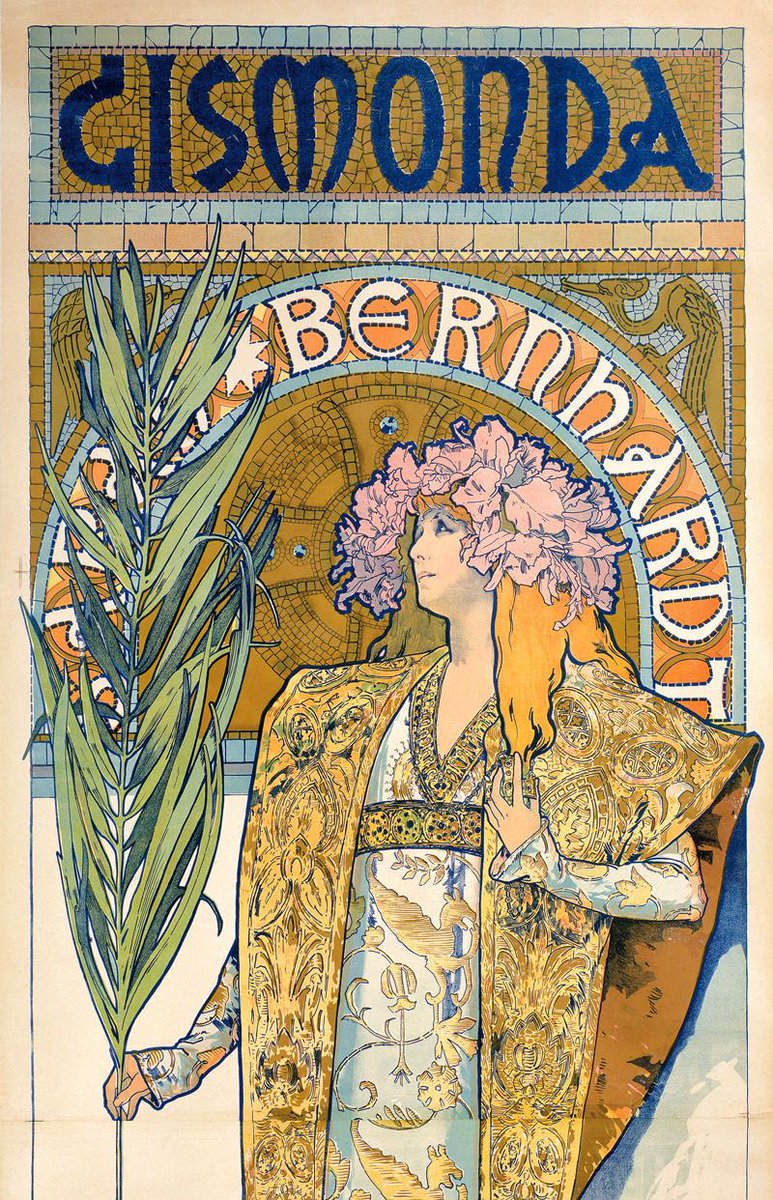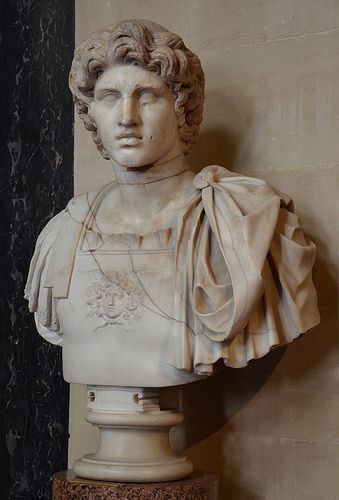A Culinary Expedition in the World of Bread
Bread is more than just sustenance; it's a reflection of history, geography, and local flavors.
Let's explore some fascinating bread varieties from different corners of the world!
(A thread 🧵)
Bread is more than just sustenance; it's a reflection of history, geography, and local flavors.
Let's explore some fascinating bread varieties from different corners of the world!
(A thread 🧵)

1. Baguette - France
The iconic French baguette needs no introduction. Its crispy crust and chewy interior make it a beloved choice for sandwiches or simply with butter.
The iconic French baguette needs no introduction. Its crispy crust and chewy interior make it a beloved choice for sandwiches or simply with butter.

2. Lavash - Armenia
Lavash is a thin, soft flatbread baked in a tandoor or on hot stones. It's versatile and can be used for wraps, dips, or simply torn and enjoyed.
Lavash is a thin, soft flatbread baked in a tandoor or on hot stones. It's versatile and can be used for wraps, dips, or simply torn and enjoyed.

3. Rugbrød – Denmark
Rugbrød, also known as Danish rye bread, is dense, dark, and packed with seeds. It is a staple in open-faced sandwiches (smørrebrød).
Rugbrød, also known as Danish rye bread, is dense, dark, and packed with seeds. It is a staple in open-faced sandwiches (smørrebrød).

4. Mantou - China
Originating in northern China, mantou are steamed buns made from wheat flour. They're soft, fluffy, and often served as street food or alongside savory dishes.
Originating in northern China, mantou are steamed buns made from wheat flour. They're soft, fluffy, and often served as street food or alongside savory dishes.

5. Focaccia – Italy
Hailing from Italy, focaccia is a flat, oven-baked bread generously drizzled with olive oil and sprinkled with herbs, such as rosemary or oregano.
Hailing from Italy, focaccia is a flat, oven-baked bread generously drizzled with olive oil and sprinkled with herbs, such as rosemary or oregano.

6. Pita - Middle East
Pita bread, also known as Arabic bread, is soft and pocket-like. It's ideal for stuffing with falafel, hummus, or shawarma.
Pita bread, also known as Arabic bread, is soft and pocket-like. It's ideal for stuffing with falafel, hummus, or shawarma.

7. Bammy - Jamaica
Bammy is a traditional Jamaican cassava flatbread. It's gluten-free and often served with fish dishes.
Crispy on the outside and soft on the inside!
Bammy is a traditional Jamaican cassava flatbread. It's gluten-free and often served with fish dishes.
Crispy on the outside and soft on the inside!

8. Pumpernickel - Germany
Pumpernickel is a dense, dark rye bread with a robust flavor. It's often enjoyed with smoked fish, cheese, or cold cuts.
Pumpernickel is a dense, dark rye bread with a robust flavor. It's often enjoyed with smoked fish, cheese, or cold cuts.

9. Bazlama - Turkey
Bazlama is a soft, round flatbread that is baked on a griddle. It is similar to pita but thicker and heartier.
Bazlama is a soft, round flatbread that is baked on a griddle. It is similar to pita but thicker and heartier.

10. Naan - India
Naan, a leavened flatbread, is a staple in Indian cuisine. It is baked in a tandoor (clay oven) and pairs perfectly with curries or kebabs.
Naan, a leavened flatbread, is a staple in Indian cuisine. It is baked in a tandoor (clay oven) and pairs perfectly with curries or kebabs.

11. Ciabatta – Italy
Ciabatta has a rustic crust and an airy, hole-filled interior. It is great for making panini sandwiches.
Ciabatta has a rustic crust and an airy, hole-filled interior. It is great for making panini sandwiches.

12. Bánh Mì - Vietnam
Bánh mì is a fusion of French and Vietnamese cuisines. It features a baguette filled with ingredients such as grilled pork, pickled vegetables, and cilantro.
Bánh mì is a fusion of French and Vietnamese cuisines. It features a baguette filled with ingredients such as grilled pork, pickled vegetables, and cilantro.

13. Paratha - India
Paratha is a flaky, layered flatbread made from whole-wheat flour. It's often pan-fried with ghee or oil.
Enjoy it with spicy curries, pickles, or yogurt.
Paratha is a flaky, layered flatbread made from whole-wheat flour. It's often pan-fried with ghee or oil.
Enjoy it with spicy curries, pickles, or yogurt.

14. Sourdough - United States
Sourdough’s tangy flavor and chewy texture have won hearts worldwide. The secret lies in its wild yeast fermentation. San Francisco sourdough is particularly renowned!
Sourdough’s tangy flavor and chewy texture have won hearts worldwide. The secret lies in its wild yeast fermentation. San Francisco sourdough is particularly renowned!

15. Pretzel - Germany
Pretzels are twisted, salty bread snacks. They're often associated with Bavarian cuisine and Oktoberfest.
Pretzels are twisted, salty bread snacks. They're often associated with Bavarian cuisine and Oktoberfest.

16. Lefse - Norway
Lefse is a soft, thin potato flatbread. It's a beloved Norwegian treat, especially during Christmas.
Lefse is a soft, thin potato flatbread. It's a beloved Norwegian treat, especially during Christmas.

17. Fougasse - France
Fougasse is a decorative French bread shaped like a leaf or an ear of wheat. It's often flavored with herbs, olives, or cheese.
Fougasse is a decorative French bread shaped like a leaf or an ear of wheat. It's often flavored with herbs, olives, or cheese.

18. Khobz - Morocco
Khobz is a round, crusty bread commonly found in North Africa and the Middle East. It is perfect for scooping up stews and dips.
Khobz is a round, crusty bread commonly found in North Africa and the Middle East. It is perfect for scooping up stews and dips.

19. Injera - Ethiopia
Injera is a spongy sourdough flatbread made from teff flour. It is a staple in Ethiopian cuisine and serves as both a plate and a utensil.
Injera is a spongy sourdough flatbread made from teff flour. It is a staple in Ethiopian cuisine and serves as both a plate and a utensil.

20. Simit - Turkey
Simit is a circular, sesame-crusted bread. It’s crunchy on the outside and soft on the inside. Grab one from street vendors and enjoy it with cheese or olives.
Simit is a circular, sesame-crusted bread. It’s crunchy on the outside and soft on the inside. Grab one from street vendors and enjoy it with cheese or olives.

21. Bolani - Afghanistan
Bolani is a stuffed flatbread filled with spiced vegetables such as potatoes, spinach, or pumpkin. It is pan-fried until crispy.
Bolani is a stuffed flatbread filled with spiced vegetables such as potatoes, spinach, or pumpkin. It is pan-fried until crispy.

The above list is just a glimpse; there are countless other bread varieties waiting to be discovered!
What's your favorite type of bread?
What's your favorite type of bread?

Thank you for reading!
If you've enjoyed this thread, please share the post below to extend its reach. And don't forget to comment on your favorite bread!
If you've enjoyed this thread, please share the post below to extend its reach. And don't forget to comment on your favorite bread!
https://x.com/xmuse_/status/1794691329576104390?t=Diig7PhZqjvKDhPjS_hKiQ&s=19
• • •
Missing some Tweet in this thread? You can try to
force a refresh





















